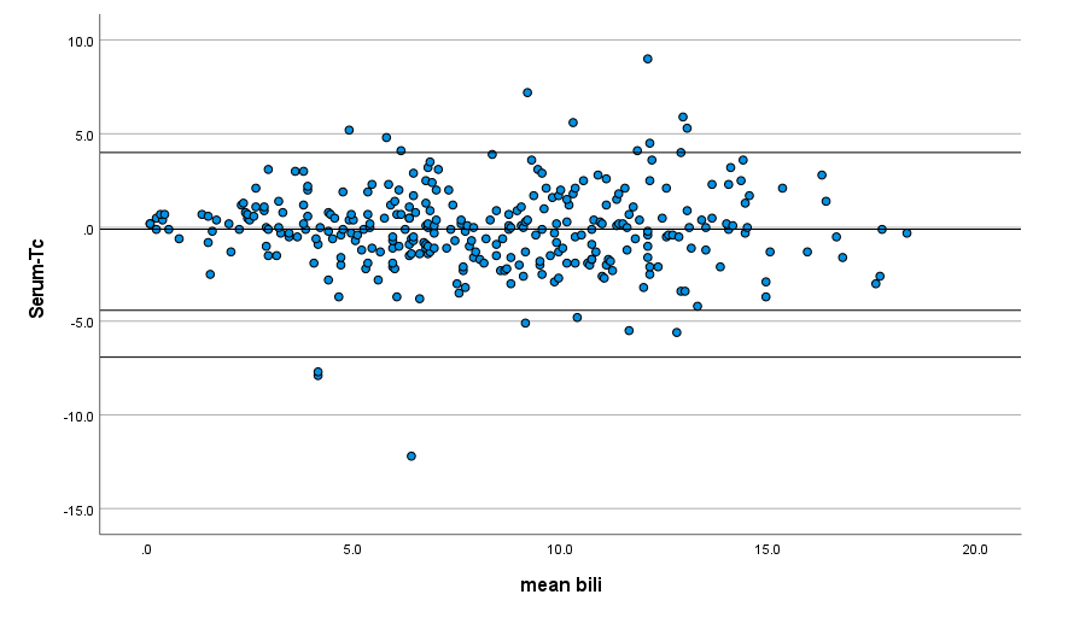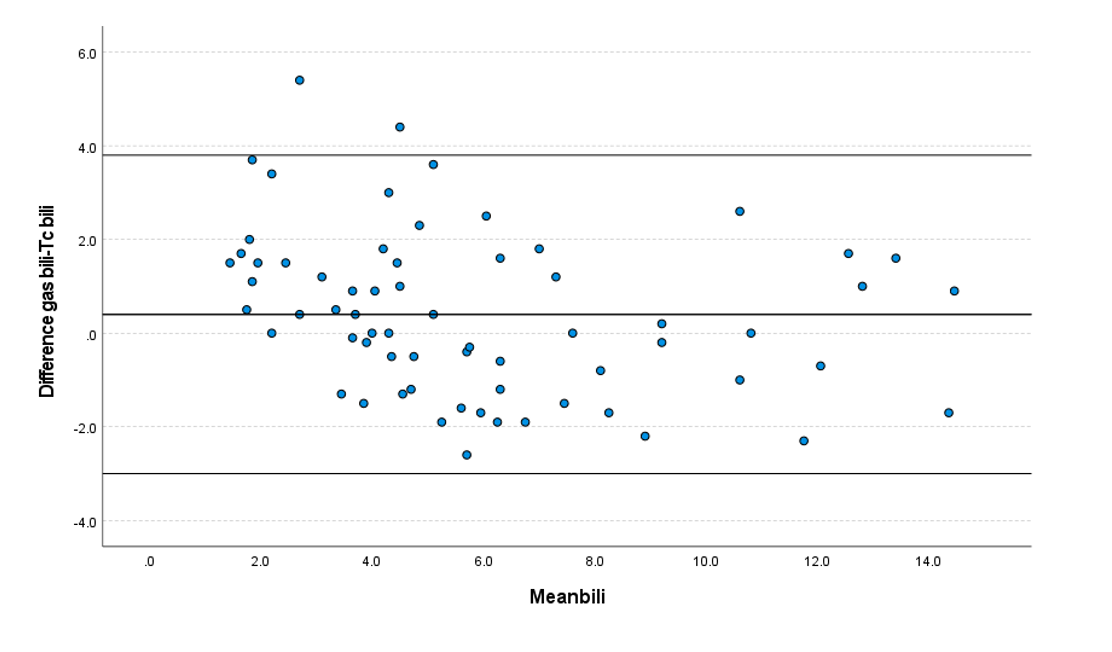Neonatal Hematology & Bilirubin Metabolism
Neonatal Hematology & Bilirubin Metabolism 1: Bilirubin
123 - Alternative Methods of Bilirubin Measurement in Preterm and Term Infants Admitted to NICU
Publication Number: 123.238
.jpg)
Kate E. Ramm (she/her/hers)
Research Assistant
LAC+USC Medical Center
Newport Beach, California, United States
Presenting Author(s)
Background:
Measuring serum bilirubin levels in the preterm and term newborn infants admitted to neonatal intensive care unit (NICU) helps manage hyperbilirubinemia and minimize bilirubin toxicity. Practitioners strive to minimize blood tests whenever possible to reduce patient discomfort and to prevent iatrogenic anemia.
Objective:
To minimize blood draws for bilirubin levels, we assessed the accuracy of alternative methods of measurement, using transcutaneous bilirubin compared to serum and blood gas bilirubin levels.
Design/Methods:
Over a 12-week period, we analyzed the bilirubin levels of the patients in our NICU via serum blood draws with concurrent measurements from blood gas analyzer, and transcutaneous monitoring. Using the serum levels as a gold standard, we assessed the accuracy of the other two methods. We calculated correlation coefficient and mean differences between the serum bilirubin levels and the two alternative methods.
Results:
Study consisted of 140 patients with 380 paired samples from gestational ages 25 to 40 weeks. The correlation coefficient for serum bilirubin vs transcutaneous measurements was r = 0.85 (p< 0.01). The mean difference between serum bilirubin vs transcutaneous measurements was 0.09 mg/dL with a standard deviation of 2.2 mg/dL. Difference in correlation between term infants and preterm infants while comparing serum and transcutaneous bilirubin was not statistically different (0.08 vs 0.1 p=0.95). Transcutaneous bilirubin taken while infants requiring phototherapy read consistently lower by 0.76 mg/dl comparing to infants who were not receiving phototherapy, where it read 0.55 mg/dl higher (p< 0.01). The correlation coefficient for blood gas bilirubin vs transcutaneous bilirubin was r = 0.88 (p< 0.01). The mean difference between blood gas bilirubin vs transcutaneous bilirubin was 0.41 mg/dL with a standard deviation of 1.7 mg/dL. Bland Altmann plots (Figure 1 and 2) shows good correlation between both groups with transcutaneous bilirubin measurements.
Conclusion(s):
Both serum and bilirubin using blood gas analyzers had a good correlation with the transcutaneous bilirubin levels in preterm and term infants. Caution must be taken for infants requiring phototherapy where transcutaneous bilirubin may read lower. Checking routine transcutaneous bilirubin and restricting serum or blood gas bilirubin in high risk situations may save blood draws in NICU patients.

